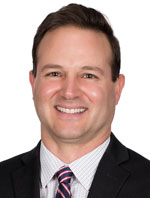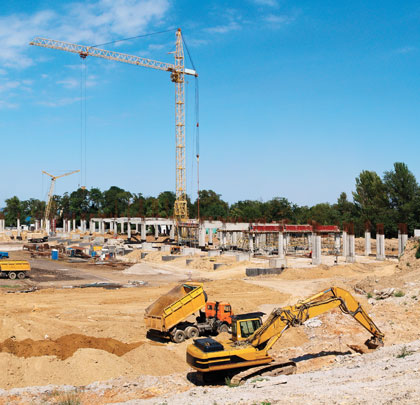OSHA will be the first to admit that its safety standards set forth “minimum” safety standards. In the most basic of terms, this means that when it comes to safety more can—and often should (or even must)—be done. This begs the question: What “more” can be done? Ask 10 different safety professionals and you may get 10 different answers—all of which could be right. The general consensus, however, is that a comprehensive health and safety system is needed—complete with management commitment, employee participation, worksite analysis, hazard prevention and control, and training—all with a focus on continuous improvement. However, is there something else, perhaps even more basic and immediately accessible, that could help? The answer to this question is “yes.” Take, for example, those working in the crane industry.
ENTER THE ASME B30 CRANE STANDARDS
The American Society of Mechanical Engineers (ASME) is recognized as a “leading international developer of codes and standards associated with the art, science, and practice of mechanical engineering.” This not-for-profit membership organization has issued standards bearing upon multiple different industries, including—since 1924—the crane industry with its “Safety Standard for Cableways, Cranes, Derricks, Hoists, Hooks, Jacks, and Slings” (more commonly known as “B30”).
Anyone operating in the crane industry—including crane rental companies and contractors—will immediately enhance their safety performance by following the guidance and directives set forth in the B30 standards. And for good reason: The B30 standards have been developed and updated over the years by committees of subject matter experts, who have a deep level of expertise, commitment, and knowledge in the industry. As a result, to the extent one may be willing to venture beyond OSHA, relying upon those experts dedicated to the particular construction industry is worthwhile.
WHY ASME B30?
Bill Smith, one of the current ASME “B30.5” committee members (and who also serves as executive vice president of NBIS Insurance Risk Management and Claims), had this to say regarding the critical importance of not only knowing, but actually adopting, those relevant consensus standards applicable to the industry in which one operates, including the crane industry:
“The ASME B30 Safety Standards have been in existence since 1924, and there are currently 30 volumes for safety guidance in the lifting industry. The sad truth is that many business owners only hear of OSHA regulations and do not know that there are ANSI (American National Standards Institute) standards that address much of what they do and can be used in a court of law either for or against them. Business owners should make themselves aware of these and other safety standards that can guide them and keep them and their employees out of harm’s way. When it comes to compliance, ‘knew or should have known’ is the general rule. ‘I didn’t know’ is not an answer for misconduct.”
B30 STANDARDS: SWORD, SHIELD, OR BOTH?
Consensus standards such as B30 can just as easily be used as a “sword” as a “shield.” And, they commonly are. In personal injury lawsuits, the fact that a crane company deviated from a particular B30 standard may play a critical part in tipping the scales (and the crane) against the company. On the other hand, a contractor’s defenses will be considerably strengthened if the alleged conduct was in conformity with a B30 standard. The same is generally true in the context of an OSHA enforcement action—OSHA will have difficulty finding fault with conduct consistent with what the industry’s leading experts endorse.
CONCLUSION
As the above highlights, enhancing your safety performance in a particular industry can be accomplished by referring to the guidance provided by the industry experts. Partnering with an insurance provider, insurance agent, and legal counsel who fully understand your industry—including the applicable “regulations and standards”—is another important way to improve your operations and overall risk management efforts.

About the Author:
Michael Rubin is a partner in the law firm Goldberg Segalla, where he serves as chair of the OSHA and Worksite Safety Practice Group. Michael has counseled clients across multiple industries regarding the defense and management of OSHA inspections and citations. He has on-the-ground experience conducting accident investigations and represents companies at all stages of OSHA enforcement proceedings. He frequently provides safety and risk-avoidance workshops on best practices for minimizing OSHA liability. He can be reached at 716.844.3477 or mrubin@goldbergsegalla.com.
_________________________________________________________________________
Modern Contractor Solutions, February 2018
Did you enjoy this article?
Subscribe to the FREE Digital Edition of Modern Contractor Solutions magazine.



